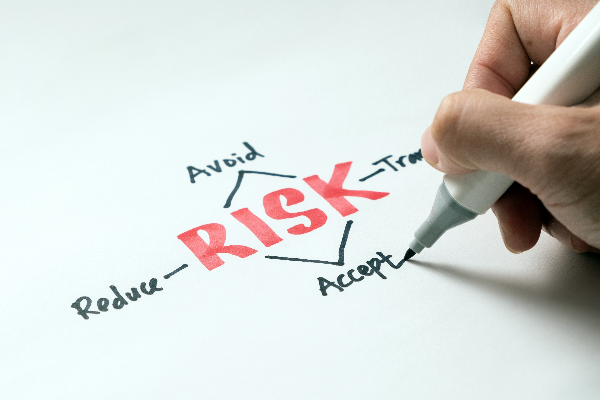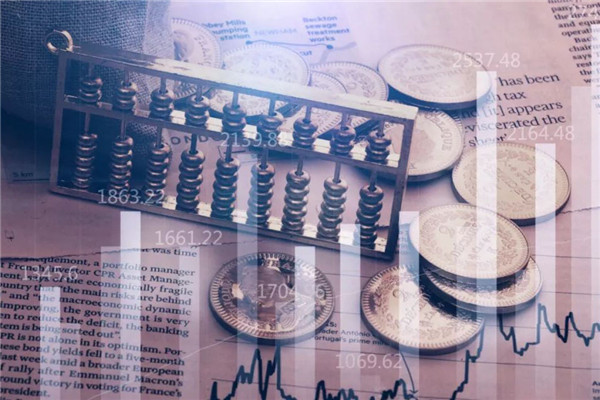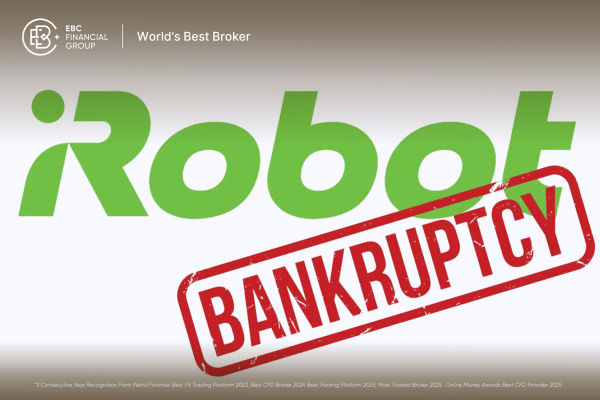Risk is the biggest enemy of profitability in forex trading, and cultivating good trading habits can help people discern risks and gain better returns. Today, we will introduce a few essential forex risk management habits for investors, which I believe will be helpful to the majority of investors. Understanding the benefits of risk management, such as improved decision-making and resource allocation, is crucial for achieving better project outcomes and financial performance.

What is Risk Management?
Risk management is the process of identifying, assessing, and controlling threats to an organization’s capital, earnings, and operations. This systematic approach involves managing risks that can arise from various sources, including financial uncertainties, legal liabilities, technology issues, strategic management errors, accidents, and natural disasters. By effectively managing risks, organizations can consider the full range of potential threats they face and make informed decisions to mitigate or manage those risks. The process of identifying and assessing these risks is crucial, as it allows organizations to develop strategies to handle uncertainties, legal liabilities, and technology-related issues, ensuring they are well-prepared for any eventualities.
1. Double check your order.
Electronic trading enables traders to easily and conveniently execute transactions. However, due to the simplicity of online transactions, the chances of incorrect commands have also increased significantly. Even having a well-thought-out forex Trading plan will be useless if you input your order incorrectly. Integrating enterprise risk management as a holistic approach can help address both internal and external risks, ensuring that risk management practices are part of the overall strategy.
A few years ago, in May 2010, the financial market experienced a “fat finger” incident and suffered a heavy blow. A large trading company had one of its traders mistakenly enter an additional zero and ultimately sold futures contracts worth $16 billion instead of $16 million. Implementing a structured risk management process, which encompasses planning, identification, analysis, mitigation, and monitoring of risks, is vital to safeguard against such potential damage.
Other traders saw such instructions and believed that something big was about to happen, so they also sold. This resulted in a $1 trillion intraday decline in the US stock market. It goes without saying that trading companies, as well as those who hold stocks, have lost a lot of money.
It is very important to check your instructions twice, three times, and multiple times to avoid unnecessary and expensive errors. Checking your commands can become a part of your daily life; it only takes a few seconds!
2. Always Maintain a Trading Plan with Risk Management Strategies.
Do you think all forex traders will have a trading plan? Unfortunately, many traders still trade impulsively.
No trader enters the trading market without careful consideration, whether emotional or rational. At least, you should have a plan at which point to enter or exit. By doing so, you prevent the occurrence of catastrophic emotions caused by unfavorable forex price trends. Additionally, following risk management best practices ensures a structured approach to trading.
Risk Management Strategies
There are several risk management strategies that organizations can use to manage risks effectively. These include:
Risk Acceptance: This strategy involves accepting the risks associated with a particular situation without taking any action to mitigate them. It is often used when the cost of mitigating the risk is higher than the potential loss.
Risk Transference: This involves transferring the risks to another party, such as through insurance. By doing so, the organization can shift the financial burden of the risk to the insurer.
Risk Avoidance: This strategy involves taking steps to prevent or avoid a particular risk from happening. For example, an organization might choose not to engage in certain activities that are deemed too risky.
Risk Reduction and Loss Prevention: This involves taking proactive steps to reduce the impact of a particular risk if it occurs. Implementing safety measures and regular maintenance are examples of this strategy.
Risk Sharing: This involves distributing the risk across the whole team or organization. By sharing the risk, the impact on any single entity is minimized, making it easier to manage.
Each of these strategies plays a vital role in a comprehensive Risk Management Plan, helping organizations to navigate uncertainties and protect their assets.
3. Benefiting from Profitable Transactions: Benefits of Risk Management
Another often overlooked risk management practice is to abandon some forex profits even though the price trend is still favorable to you.
This is tempting, with a complete trend towards your profit target, but some of your positions limit your exposure to potential fluctuations. After all, ‘The trend is your friend until it ends’. Recognizing financial risk in trading is crucial as it can significantly impact profitability, making it essential to incorporate financial risk management into your strategy.
Let’s analyze using SAT strategies or any other metrics. Assuming your trading plan requires increasing to the original position and moving the stop loss by a certain point, If you leave your position midway, you can at least end with a small victory, even if the trend suddenly reverses.
4. Take a step back from the transaction.
Do you think you stick to the rules in trading? Do you have much more basic knowledge and technical analysis than you know? If you say ‘yes’ to these questions, then you may only need to take a little time to step back from the transaction.
Being completely away from the market is good; you haven’t invested your emotions in any position. This usually allows you to reset, see the market theme, and view the chart pattern from a new perspective. Sometimes, a breakthrough can help you realize what you did wrong in the last few trades.
So, by taking a step back and trying to resist the temptation of profit for a while, you may regain your sanity, refresh your energy, and spawn a new and improved forex trading plan. Conducting a thorough risk analysis before making trading decisions is crucial to identify, assess, and manage potential risks effectively.
Common Risk Management Challenges in FX Trading
FX trading involves managing a variety of risks associated with currency fluctuations, market volatility, and other factors. Some common risk management challenges in FX trading include:
Managing Market Risk: This involves handling the risk of losses due to market fluctuations. Traders must stay vigilant and use tools like stop-loss orders to protect their positions.
Managing Liquidity Risk: This involves ensuring that a currency can be bought or sold at a favorable price. Liquidity risk can be mitigated by trading in highly liquid markets and using limit orders.
Managing Credit Risk: This involves managing the risk of default by a counterparty. Traders often assess the creditworthiness of their counterparties and use credit risk management tools to minimize exposure.
Managing Operational Risk: This involves addressing the risk of losses due to operational failures or errors. Implementing robust operational procedures and regular audits can help mitigate this risk.
Managing Regulatory Risk: This involves ensuring compliance with regulatory requirements. Staying updated with regulatory changes and maintaining proper documentation are essential practices.
To manage these risks, FX traders employ various risk management strategies, including stop-loss orders, limit orders, and position sizing. They also utilize risk management tools, such as risk management software and analytics, to monitor and manage their risks in real-time. By adopting these strategies and tools, traders can navigate the complexities of the FX market and protect their investments.
5. Withdraw Money from your Account.
Putting thousands or tens of thousands of yuan into your forex Trading Account requires confidence and a wise, regular withdrawal of a portion of the money. One of them is that extra capital often exposes impulsive decisions, such as increasing positions or excessive trading.
The best way to limit risk is to withdraw some money unless your trading goal requires an increase in the size of your position or the number of transactions you make. In addition, as a consistently profitable trader, you need to focus on the process rather than profit.
Every time you spend a portion of your money, go on vacation with your friends or partners, buy things you like, and enjoy the hard-won fruits of your labor.
Disclaimer: Investment involves risk. The content of this article is not an investment advice and does not constitute any offer or solicitation to offer or recommendation of any investment product.



























